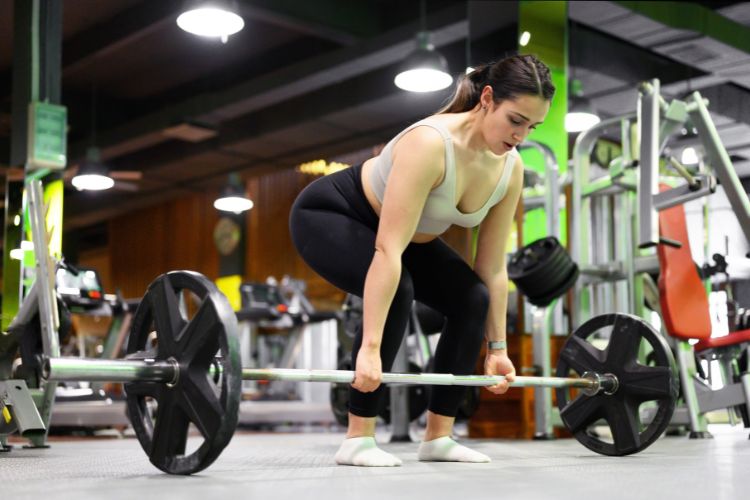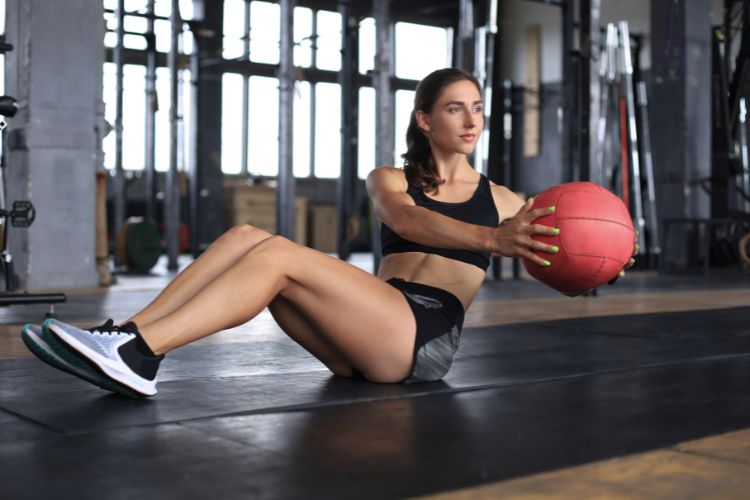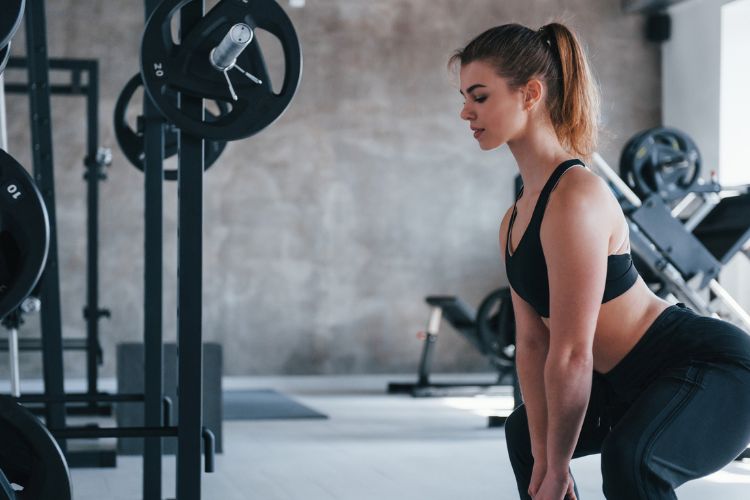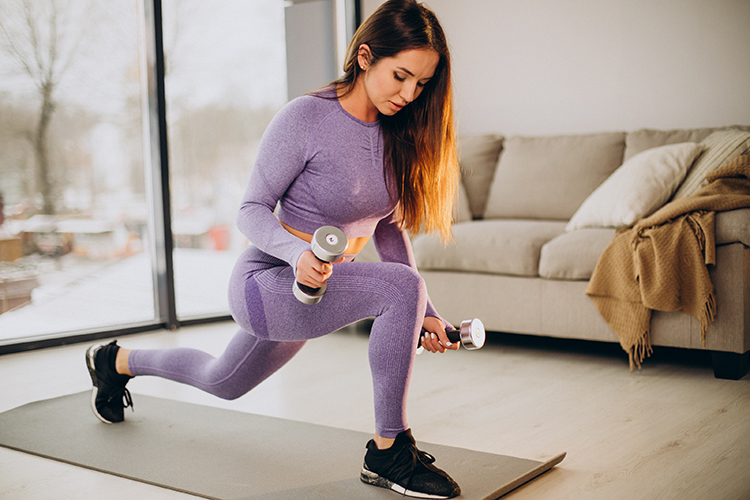Sign up for workout ideas, training advice, reviews of the latest gear and more.






Starting a fitness journey from the comfort of your own home can be an empowering and effective way to achieve your goals. For women, incorporating dumbbells into a home workout routine is a great option because they are versatile, easy to use, and perfect for beginners. Whether you’re looking to build strength, tone muscles, or lose weight, a beginner home dumbbell workout can be the key to reaching your fitness goals.
In this guide, we’ll cover everything you need to know about starting a beginner home dumbbell workout, including essential tips, exercises, and a sample workout plan to get you started.
Dumbbells are one of the best tools for strength training at home. They come in a variety of weights, allowing beginners to start light and gradually increase as they gain strength and confidence. The flexibility of dumbbells means they can be used to target every major muscle group, making them perfect for a full-body workout.
Key Benefits of Dumbbell Workouts for Beginners:
Before diving into your beginner dumbbell routine, it’s essential to prepare yourself for a successful workout.
When starting, it’s crucial to select the appropriate weight to ensure you can perform exercises with proper form. For beginners, it’s a good idea to have a set of light and moderate weights (typically between 3 to 8 pounds). Start light, and as you gain confidence and strength, you can gradually increase the weight.
Tip: If the last two reps of an exercise feel challenging but still manageable, you’ve likely found the right weight.
Warming up is critical to prevent injury and prepare your muscles for exercise. A dynamic warm-up lasting 5-10 minutes can improve your flexibility and range of motion.
Warm-up ideas:
For beginners, mastering proper form is more important than lifting heavy weights. Focus on slow, controlled movements, and don’t rush through the exercises. Proper form will help prevent injuries and ensure you’re engaging the right muscles.
This beginner-friendly routine targets the major muscle groups using just a set of dumbbells. Perform this workout 2-3 times a week, with at least one day of rest in between sessions.
Target Areas: Legs, Glutes, Shoulders, Core
This compound movement combines a squat with an overhead press, making it a great full-body exercise that strengthens the lower body and upper body.
How to Perform:
Target Areas: Hamstrings, Glutes, Lower Back
The dumbbell deadlift helps to strengthen the posterior chain, improving both strength and posture.
How to Perform:
Target Areas: Chest, Shoulders, Triceps
The chest press is an effective exercise to build upper body strength, specifically targeting the pectoral muscles and arms.
How to Perform:
Target Areas: Upper Back, Lats, Shoulders
This exercise targets the upper back and helps to improve posture and upper body strength.
How to Perform:
Target Areas: Quads, Hamstrings, Glutes
Lunges are excellent for building leg strength and improving balance.
How to Perform:
Target Areas: Shoulders
Lateral raises help sculpt and strengthen the shoulders, giving them a defined look.
How to Perform:
Target Areas: Core, Obliques
The Russian twist is a core exercise that engages the obliques and helps tone the waistline.
How to Perform:
Target Areas: Biceps
A staple exercise for toning and strengthening the arms, the bicep curl focuses on the upper arms.
How to Perform:
Target Areas: Triceps
This exercise targets the back of the arms, helping to tone and define the triceps.
How to Perform:
Target Areas: Glutes, Hamstrings
This exercise helps to tone and strengthen the glutes and hamstrings while also engaging the core.
How to Perform:
After completing your workout, it’s essential to cool down and stretch to help your muscles recover and prevent injury. Spend 5-10 minutes stretching the major muscle groups you worked during your session.
Consistency and gradual progression are key to seeing results from your dumbbell workouts. Here are some tips to help you stay on track:
As a beginner, it’s important not to rush the process. Start with lighter weights and focus on mastering the movements. Over time, you can gradually increase the weight as your strength improves.
For overall fitness and weight loss, try incorporating some cardio exercises, such as walking, jogging, or cycling, into your routine.
Consistency is key when it comes to seeing progress. Aim to complete your dumbbell workout at least 2-3 times per week, and stick to your routine to build strength over time.
Keep a workout journal to record the weights you’re using, the number of sets and reps you complete, and how you feel during each workout. Tracking your progress can help you stay motivated and see how far you’ve come.
A beginner home dumbbell workout for women is an excellent way to build strength, tone your muscles, and improve overall fitness. With the convenience of working out at home, you can easily incorporate these exercises into your routine and see amazing results. Remember to focus on form, start with lighter weights, and gradually progress as you build strength. Stay consistent, and you’ll be on your way to achieving your fitness goals!
Stay up to date on the latest women’s health, fitness and lifestyle trends and tips.